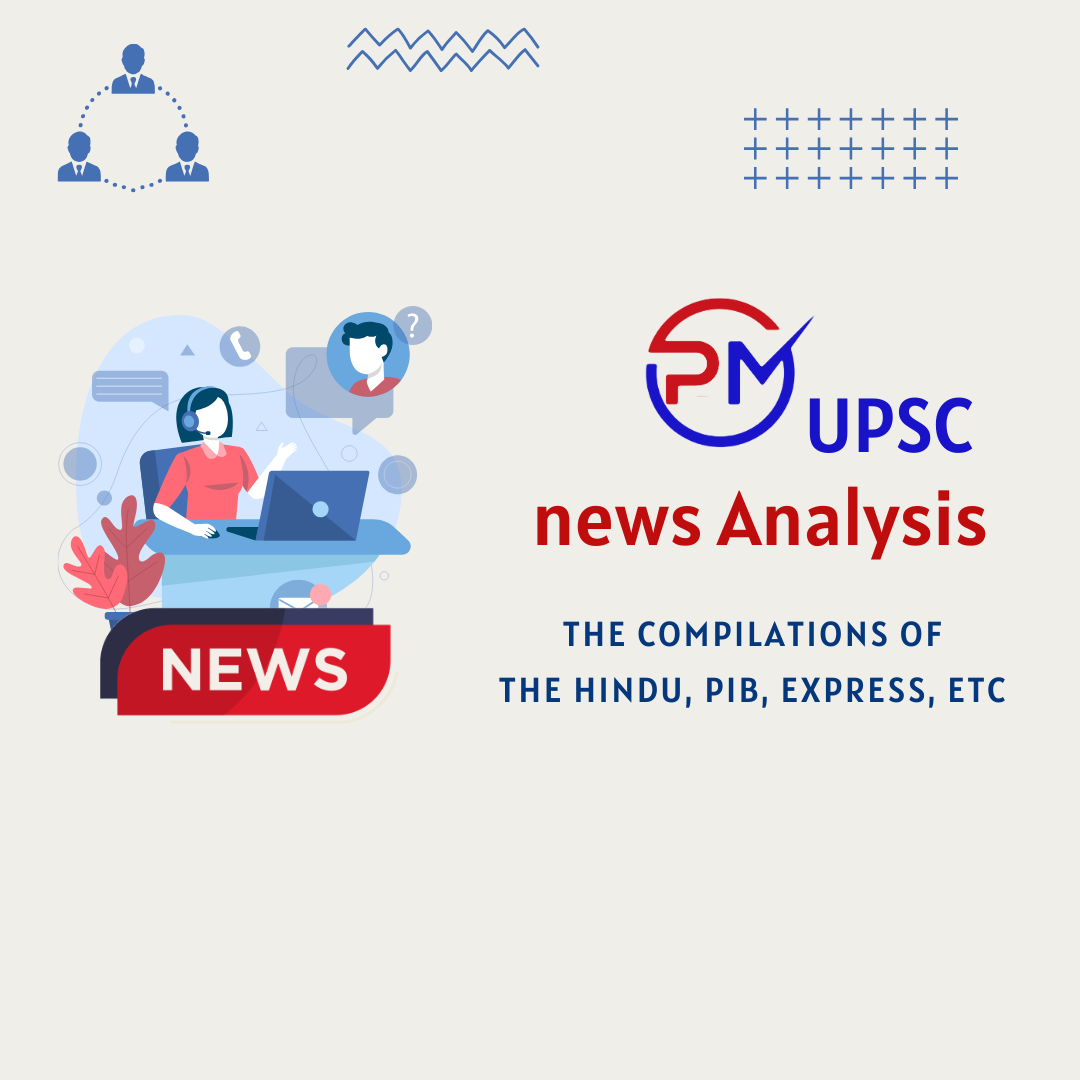China-Taiwan RelationsSyllabus: GS2/International RelationsContext:
- However, Taiwan has its own government, military, and economy and considers itself a sovereign state.
- The differences in political ideology have contributed to tensions between the two countries.
- Currently, 21 states recognize Taiwan as a sovereign country.
- This is based on the ‘One China’ policy, which holds that there is only one China, of which Taiwan is an integral part.As a result, Taiwan is not a member of the UN and has no representation in most UN specialised agencies.
- India has not recognized Taiwan as a sovereign state and instead refers to it as a ‘part of China’ which has remained consistent over the years.
‘One China’ Policy– It affirms Chinese sovereignty over Taiwan. It acknowledges that there is ‘One China’ (1992 Consensus).– Under this policy, any country that wants to establish political and diplomatic relations with China must agree to adhere to this principle and not recognise Taiwan as an independent country.– In practice, the ‘One China’ principle is a stabilisation mechanism that preserves the status quo over Taiwan’s political status while allowing it to function as an independent economic, civic and administrative entity.
- India maintains ‘trade and cultural exchange’ offices in each other’s capitals.
- Through the policy, Taiwan has extended engagement with Australia, New Zealand, India, and its five South Asian neighbours.
- Startups can be registered as a private limited company, partnership firm, or a limited liability partnership.The startup should not be more than 10 years old.The turnover should be less than 100 crores in any of the previous financial years.A certificate of an eligible business from the Inter-Ministerial Board of Certification of DPIIT is a prerequisite for availing the tax benefits.The Ministry of Labour & Employment has allowed the startups to self-certify compliance under various Labour Laws.
- Majority of the Startups have been growing at a rate of more than 35% for the last two years.About 50% of DPIIT recognised Startups are from Tier II & Tier III cities.
- There is at least one-woman director in about 49% of all DPIIT recognized firms.
- Startups have a difficult time expanding and scaling their businesses because of these obstacles, which can take time and money.
- Poor infrastructure includes inadequate healthcare and educational facilities, insufficient power supply, inadequate water and sanitation, and inadequate transportation networks.
- Fund of Funds for Startups (FFS);Startup India Seed Fund Scheme (SISFS); and, Credit Guarantee Scheme for Startups (CGSS).
- Innovations for Defence Excellence (iDEX)Innovation and Agri-Entrepreneurship Development ProgramAtal Innovation Mission (AIM)Promoting Innovations in Individuals, Start-ups and MSMEs (PRISM)
- The rule covers those companies / persons who have loaded more than 25 megawatt and 10 megawatt on inter-state and intra-state transmission networks.
- Such a gap, created if any, shall not be more than three percent of the approved Annual Revenue Requirement.
- project’s nature, financial viability, risk allocation preferences, and government priorities.
- CRZ-III A: It refers to rural areas with a population density of 2,161 people per square kilometer or more as per the 2011 Census. Such areas shall have a “No Development Zone” (NDZ) of 50m from the HTL.CRZ-III B: It refers to rural areas with a population density lesser than 2,161 people per square kilometer. Such areas shall continue to have an NDZ of 200m from the HTL.
- It emphasised the threat to the fort’s existence due to unscientific mineral exploitation and directed a multidisciplinary study of environmental pollution and its impact on structures.
Jagannath Temple CorridorSyllabus: GS1/ Art and cultureContext:
- During the Rath Yatra, the deities are taken out of the temple and placed on three chariots. The chariots are then pulled by devotees through the streets of Puri.
- It is also listed in Appendix I of the Convention on International Trade in Endangered Species (CITES) as a protected species.
- The distribution range of the Himalayan Wolf extends across the Tibetan Plateau of western China and the Himalayan region of Nepal and India.

